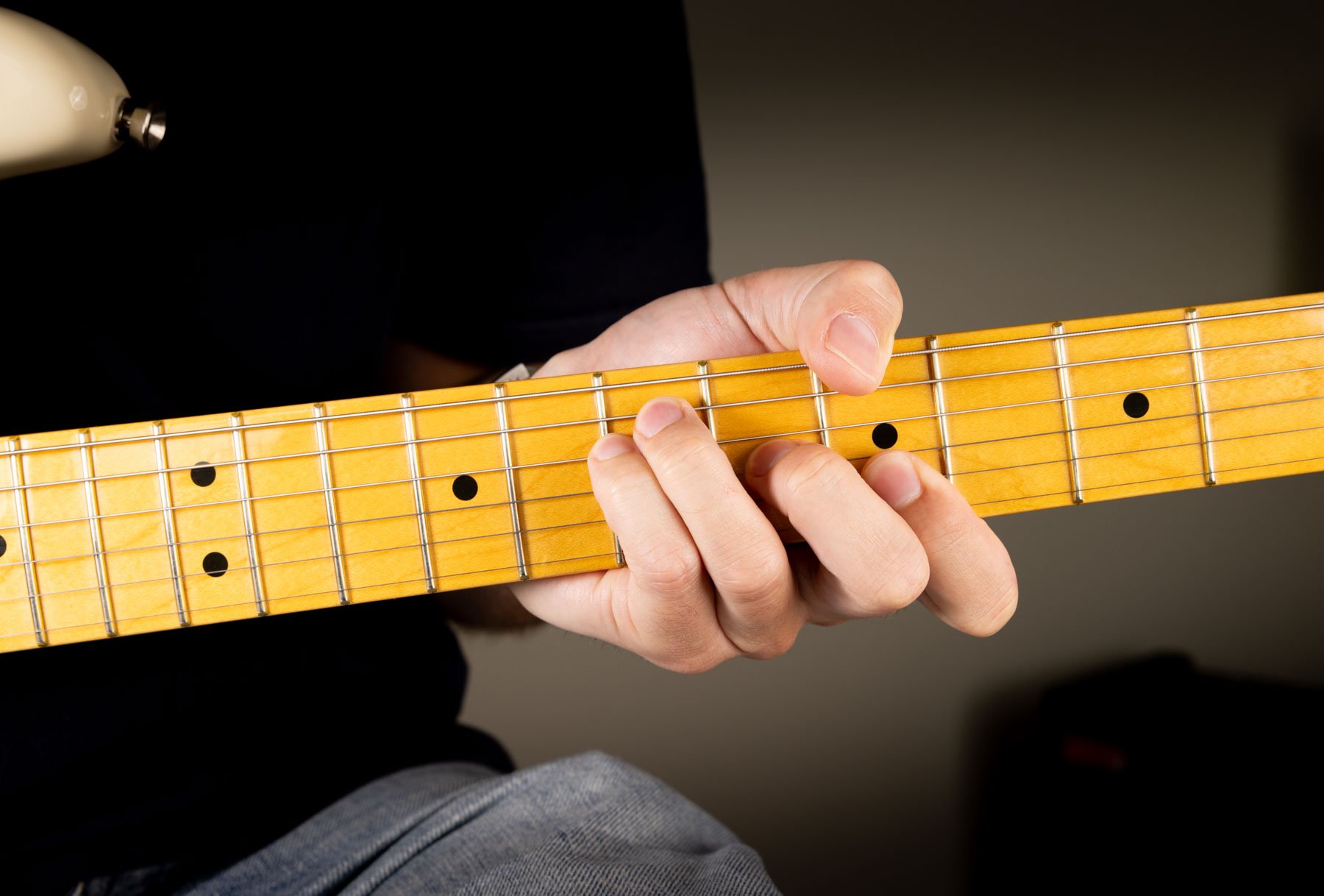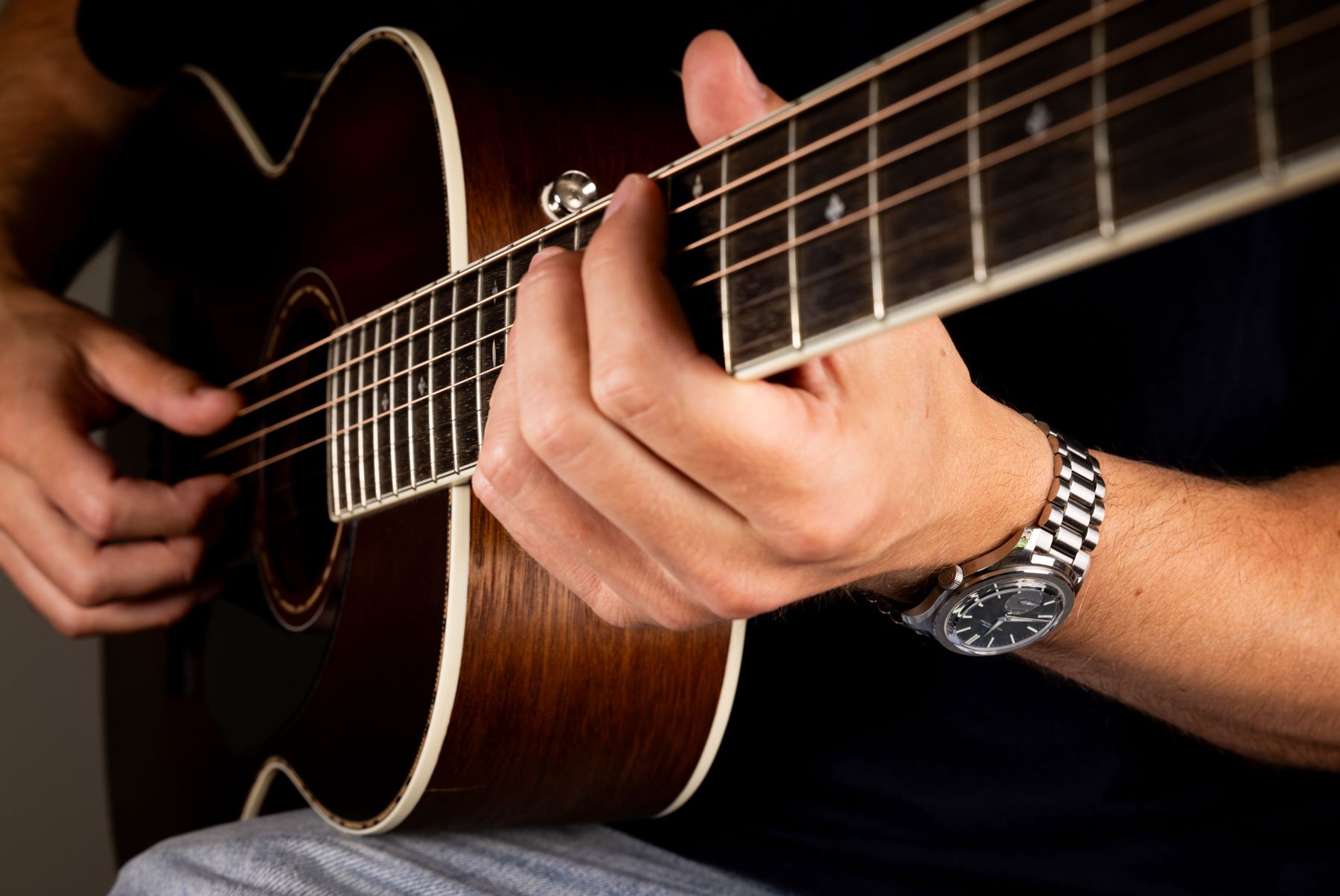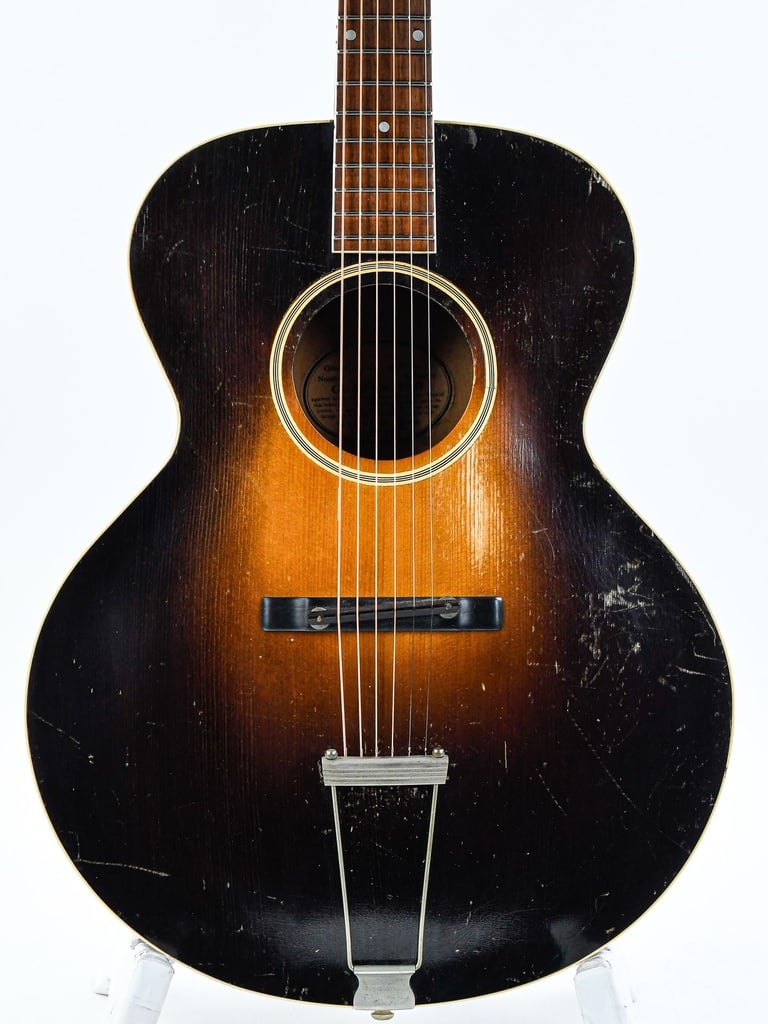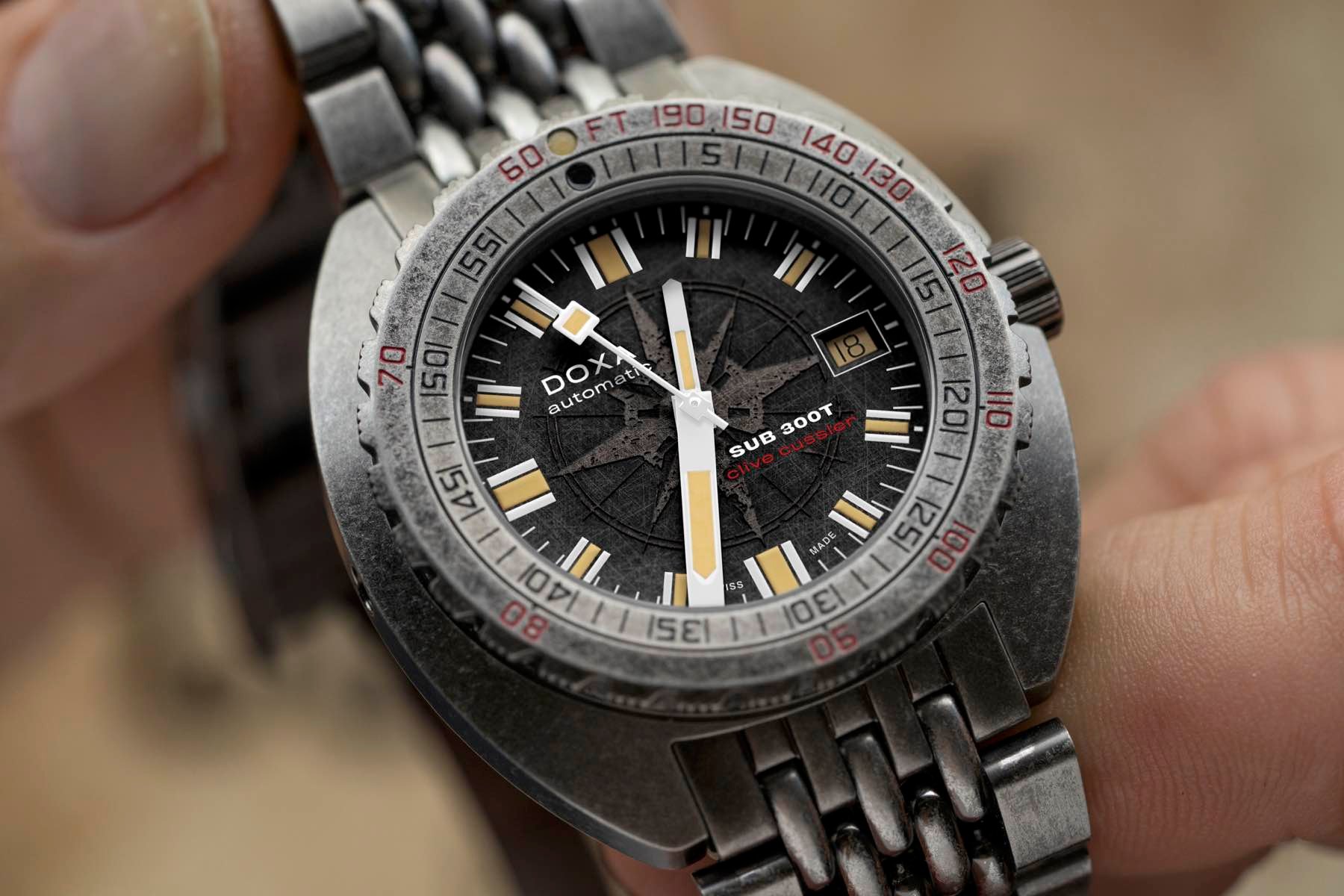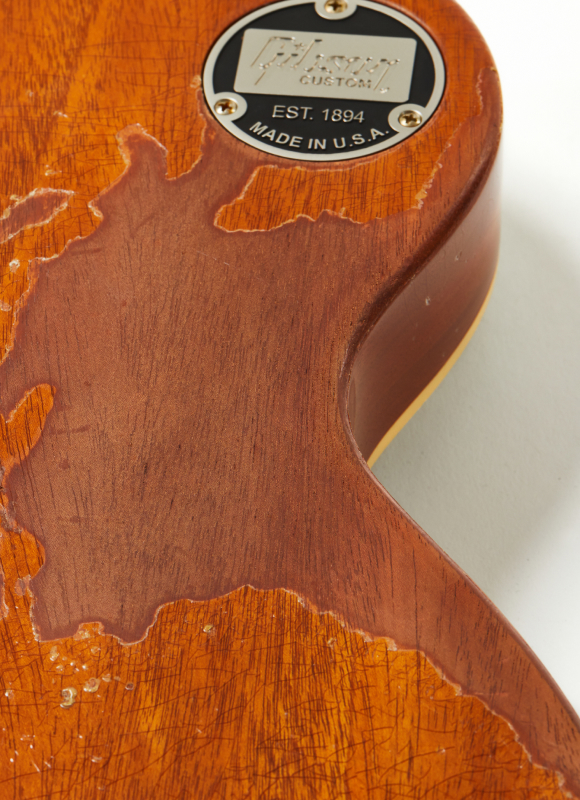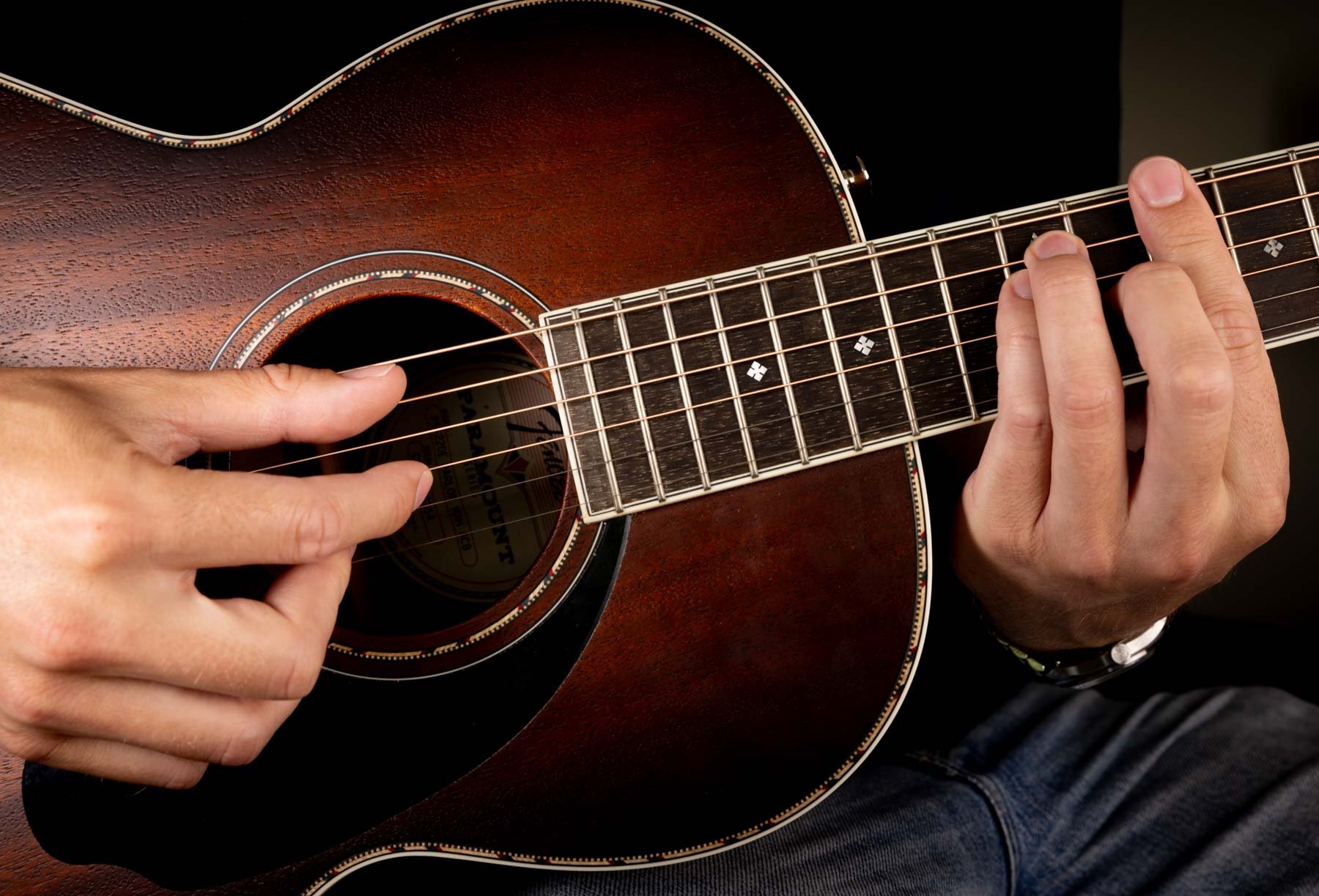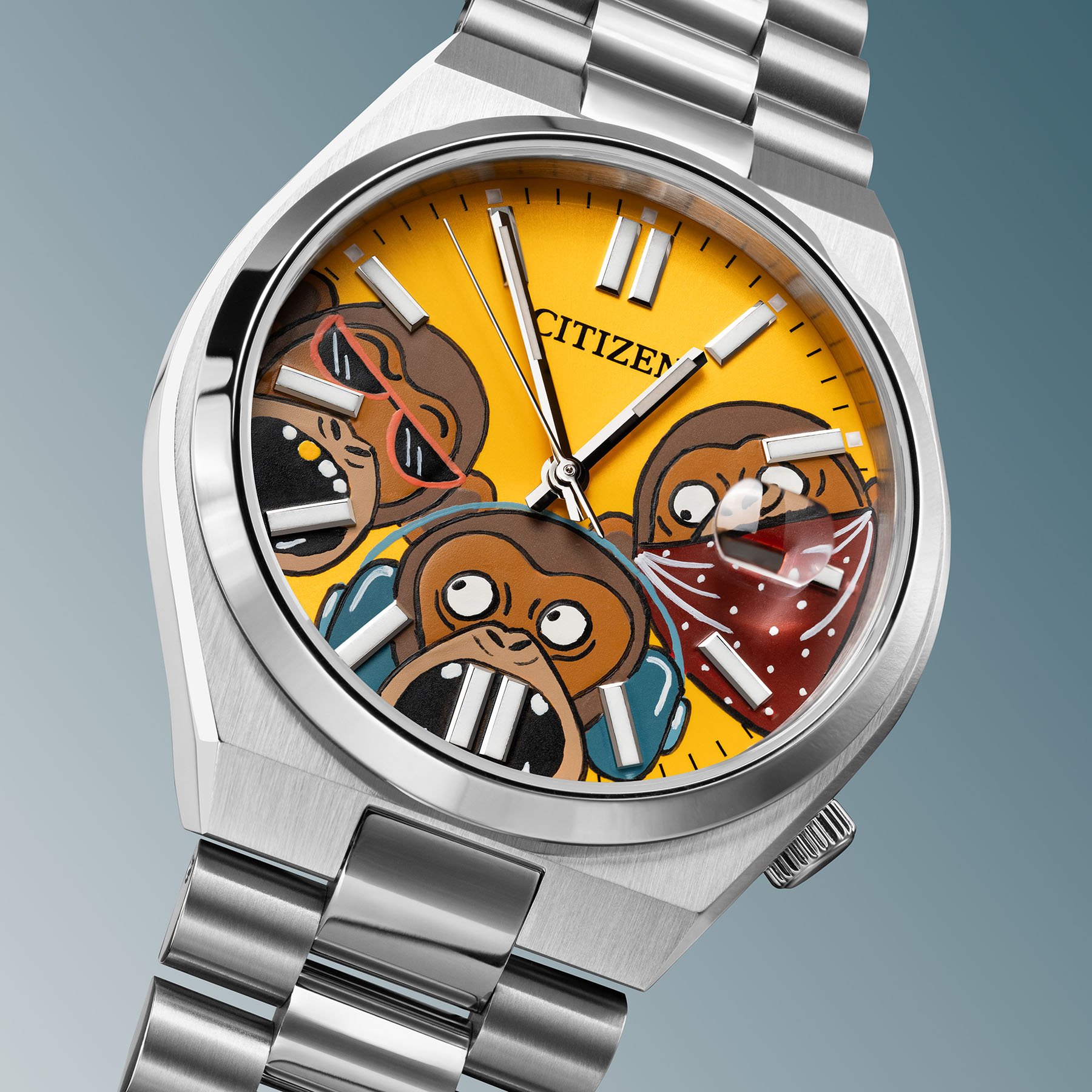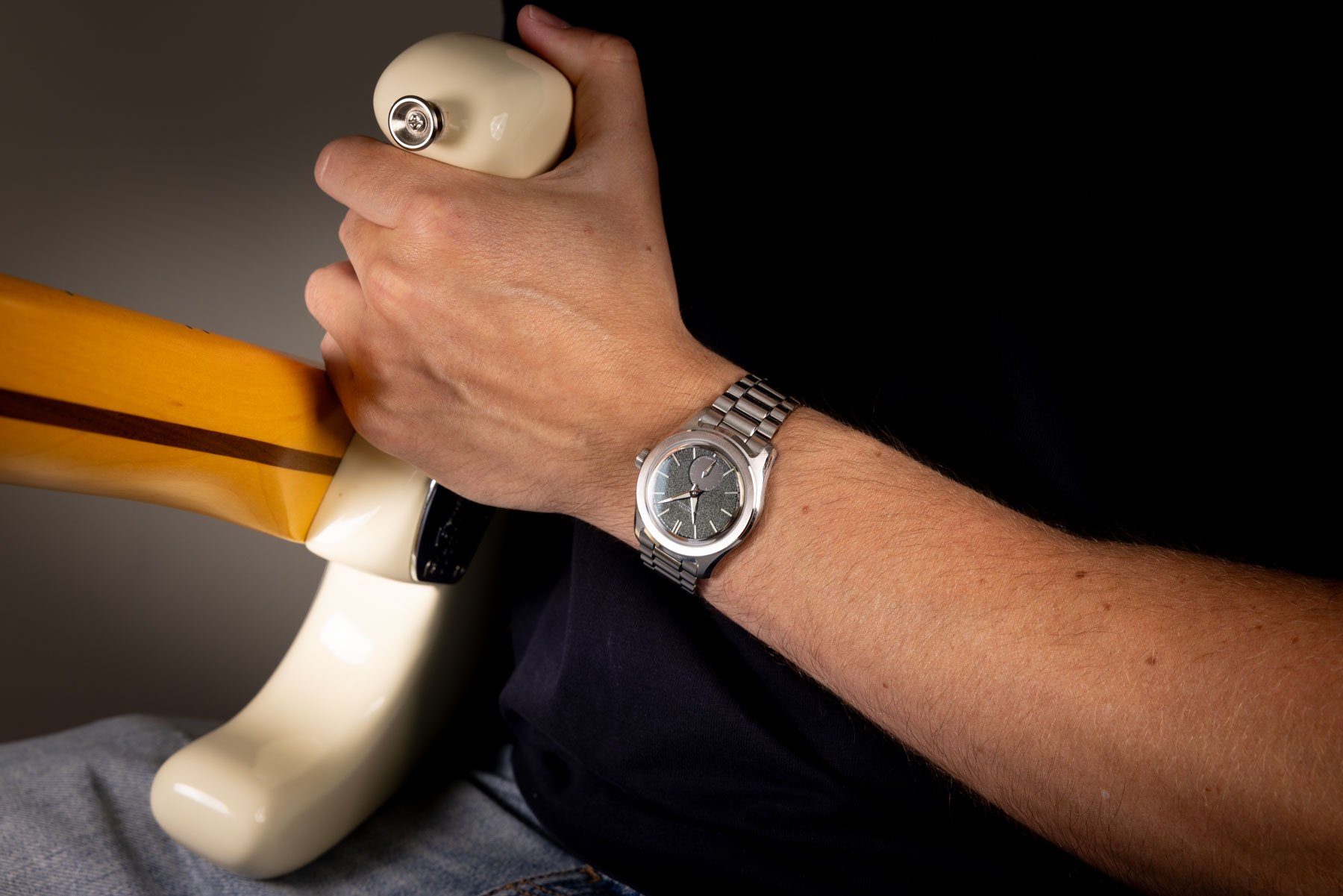Parallel Passions: Comparing Our Beloved Watch Hobby To The Guitar World
Sometimes when we write articles at Fratello, we know exactly how they will land with our readers. Other times, we try something to see whether it strikes a chord. This is an example of the latter type of article. I consider myself lucky to have fallen in love with a hobby twice when so many never do even once. I turned my passion for watches into my work, but I have another hobby that I love just as much — playing the guitar. With several Fratello writers enjoying different hobbies, I figured we should compare them to our shared passion for watches. What is similar? What is different? And can we learn something we can apply to the watch world?
I will kick things off with this article by comparing watches and guitars. If you like the concept, please let us know in the comments section below. I will happily rally some of my colleagues to do similar articles on different parallel passions. Now, let’s dive in!
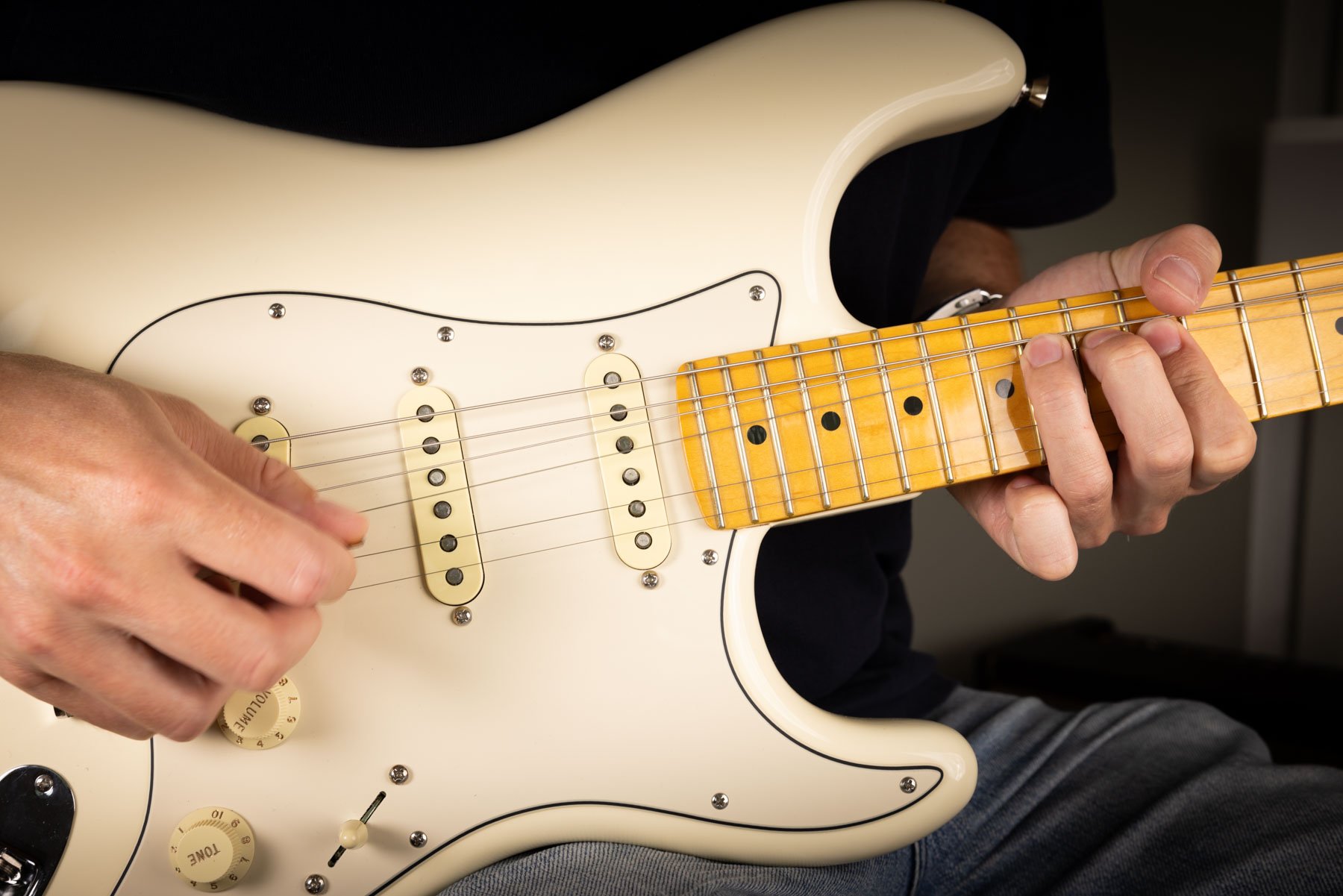
My beloved Fender Stratocaster, an American Professional II in Olympic White with an aftermarket cream pickguard
Comparing the watch world to the guitar world
The idea for this article emerged when I noticed similar behaviors among guitar enthusiasts and watch aficionados. Frankly, the trigger was negative as I was researching a specific tube amp and found some reviews on a forum. While the majority of people there were having a fun and constructive conversation about amps, a vocal minority was viciously at each other’s throats. It was the handful of people calling each other terrible names for liking or disliking a piece of gear that made me think, “Oh, so this happens everywhere.”
It made me wonder if the guitar hobby is just the same as the watch hobby but under a different veneer. Are we all seeking the same things but finding them in different places? Guitarists tend to love studying the history of their favorite brands. They love getting lost in history, specs, and craftsmanship. And, yes, they also have a loud minority that seems to have forgotten that a hobby is supposed to be fun.
With guitars, however, you get two hobbies for the price of one. There is the studying and collecting of guitars, which is extremely similar to the watch hobby. But then there is also the playing, which is very different. These are completely separate fields. There are scholarly collectors of guitars who cannot play a note, and there are master players who can hardly tell a Fender from a Gibson. Let me start with the playing part.
Learning to play the guitar
The cool thing about owning a watch is that you get to wear it on your body day in, and day out. In this sense, the best watches become a part of you. I do, however, sometimes miss a little bit of engagement with a watch as you cannot as easily sit down and spend two hours playing with it. At least, I don’t find that very interesting. This is why the guitar hobby is so complementary to the watch hobby. You can learn to play, which will give you something enjoyable to do for life.
Learning to play the guitar is extremely hard and incredibly rewarding. It is a skill that is built up from many crucial sub-skills. There are physical ones, such as getting your hands and fingers to do what you want with dexterity, accuracy, and timing. Then there are the intellectual skills, such as music theory and learning the fretboard, scales, and how to build chords. There is the listening aspect, learning to recognize what you are hearing and respond accordingly. Crucially, there is a social aspect, learning to read the people you play with. Figuratively speaking, you have to lock arms with them and enter the same emotional realm, giving and taking space, telling a story together. Lastly, there is the spiritual aspect, learning to channel what you feel inside into improvisation or composition.
This complete engagement of body, mind, and soul is what makes learning to play so rewarding and healthy. Another key aspect is that the learning is infinite. The greatest guitarists still learn every day. In this sense, learning to play an instrument, particularly at a young age, teaches you that life is truly about the path, not the destination.
Studying and collecting guitar gear
Now, you may not recognize much of the watch hobby in the description above. But then there is another side to the guitar hobby that is much more akin to watches. There is the studying and collecting of the gear involved. Just as in watches, you will find bleeding-edge new technologies, vintage collecting, craftsmanship, and crazy stories.
If you enjoy reading about the history of the Rolex Datejust, for instance, I am sure you will love studying vintage guitars too. For example, vintage acoustic guitars are highly desired for their unique sound. Wood changes with time. It dries out, and the resin inside crystallizes. This changes the acoustic behavior of the material, making the guitars louder and more resonant. A well-built old guitar feels alive and seemingly sings along with whatever your fingers are doing. It can feel as if it is actively helping you. It isn’t just the age that does it. The woods used in pre-war guitars often came from ancient trees that simply aren’t around anymore. Today, most wood has been grown at an accelerated pace, resulting in much lower density. Add to this the rarity of well-preserved guitars, and you’ll understand why vintage Martins and Gibsons are highly collectible.
I find this sort of stuff infinitely fascinating. I love studying it as much as I love studying the history of watches. It is, frankly, the same thing to me. Switching between the two only serves to keep me infatuated with both for longer.
Differences in customs and values
If you delve a little deeper, you will find fascinating differences and similarities in customs and values between watch enthusiasts and guitar enthusiasts. Although we have faux patina in the watch world, guitars take it to the next level with “relicing.” A relic guitar simulates decades of wear, resulting in an instrument that looks and feels old. This goes beyond the aesthetic level too since a well-reliced guitar can even be better to play. The neck, for instance, can be smoother and more slippery, allowing for quicker and more comfortable playing. As you would expect, however, the practice has fanatical proponents and opponents among guitar enthusiasts.
Gibson even has a specialist, Tom Murphy, who ages some of the brand’s higher-end guitars. His department, the Murphy Lab, will sand down the neck, put dents and scratches all over the guitar, and stain the wood, metals, and plastics. In fact, a guitar reliced by Tom Murphy alone is considerably more valuable than one done by his team. Doxa, Panerai, Laco, and a few other brands offer “reliced” watches, but they hardly represent a niche within the watch world. It quite simply isn’t nearly as big of a thing here except for yellowed lume or pretend-gilt dials.
Another big difference is the perceptions of homages. In the watch world, enthusiasts frown upon companies copying iconic designs. This practice is usually largely reserved for small brands offering cheaper alternatives. In the guitar world, this is completely different. Any brand can make a T-style (Fender Telecaster-inspired) or Martin 000-18-style guitar. Believe it or not, this is a common practice among high-end “boutique” brands, which will make an even higher-end version of the original that inspired it.
Guitar modding versus watch modding
Another interesting difference between watches and guitars is the modding community. I feel the watch world can learn from the guitar world in this sense. Tailor-made watches are reserved for a tiny group of extremely wealthy buyers. Customizing existing watches is discouraged by brands. Many brands will not service a customized watch, or they will even bring it back to factory spec without asking.
The guitar world is much more liberal about this. Most brands have a custom shop, where no wish is too crazy. Naturally, those guitars are more expensive than mass-produced examples. However, they are still within the same order of magnitude and in reach for most serious players/collectors. Retailers often buy small series of guitars from the custom shop, offering unique specs and retailer exclusives.
And then there is the modding. It starts with finding the strings you like, and before you know it, you are swapping pickguards, pickups, and tuning machines. It isn’t uncommon for guitarists to own soldering irons, which tells you something. To many, the guitars they buy are a starting point, not the final product, and they make these guitars truly theirs over the years. This, too, is much more niche within the watch world. I think we should do more of it, and watch manufacturers shouldn’t be so scared of it.
Similar, different, and highly complementary
All in all, there is quite a bit of overlap between the guitar hobby and the watch hobby. It makes sense that many guitarists are watch enthusiasts too. They are truly parallel passions. At the same time, there are major differences between the fields. They are, in a sense, different cultures.
To me, the two are perfectly complementary. I love to spend an hour reading up on early Lemania chronographs before spending the next hour practicing the Dorian mode on my guitar. Since I turned my watch hobby into a career, it is also very healthy to have a zero-stakes hobby on the side. What a luxury it is to have fallen in love with two hobbies!
What parallel passions do you have besides watches? Also, would you like to read more articles from us on this topic? Let us know in the comments below!

